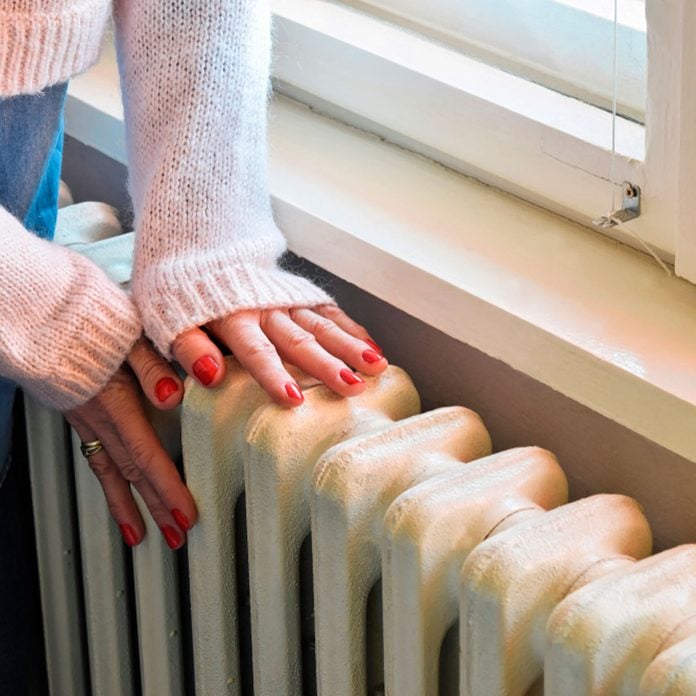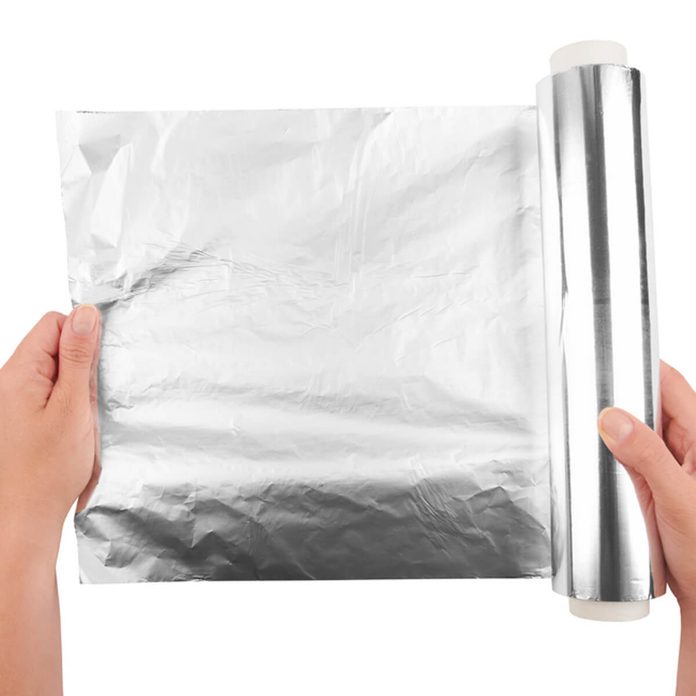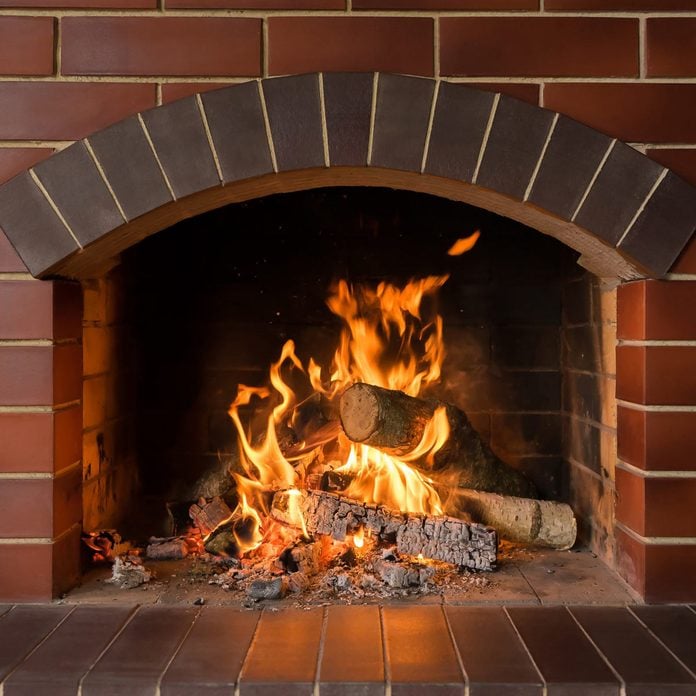As the temperature starts to take a dip, there are some simple things you can do to cut back on heating bills. Beyond replacing old windows and increasing insulation, here are 18 unexpected ways you can keep your house warm this winter.
18 Hacks to Help Keep Your House Warm This Winter

Check the Radiators
If you have furniture blocking the radiators, you’re blocking heat from getting into the room. Move the couch away from the radiator and the room should warm up faster. If you were using furniture to hide the radiator, you can always install a radiator cover to camouflage it while still allowing it to distribute heat.

Use Rugs
Area rugs not only work to style a room, but they also do a good job of keeping your feet warm if you have tile or hardwood flooring.

Are the Dampers Open?
Some ductwork contains dampers to adjust airflow. Look for handles and markings on the ductwork such as ‘summer’ and ‘winter.’ Set the damper handle parallel to the duct line for maximum airflow.

Use Foil
If you have a radiator attached to an external wall, use some aluminum foil behind the radiator. The reflective nature of the foil will prevent heat from disappearing through the wall and instead will reflect it back into the room.

Try a Fireplace Plug
You can lose up to 20 percent of your home’s warm air through leaks in a loose fireplace damper. A fireplace draft stopper can help you seal the flue to keep that warm air in. Various sizes of fireplace plugs are available, so be sure to measure and determine what size you need before buying..

Is the Furnace Filter Filthy?
This is the most common cause of heating (and cooling) troubles. Change the furnace filter and the problem usually disappears.

Grab a Hot Water Bottle
Tired of getting into a cold bed at night? Fill a hot water bottle (with hot water, of course!) and place it underneath your blanket at the foot of your bed. You’ll be surprised at how warm it keeps your feet.

Let the Sun Shine
During sunny days, open the curtains and let some sunlight in. The rays will help warm you up even on the coldest days.

Duct-Booster Fans
If you have forced-air heat, you can take advantage of several types of duct booster fans that are designed to increase the flow of warm (or cool) air through your ducts into a problem room. In-line duct booster fans fit inside standard-size metal ducts. You mount the blower near the outlet end of a duct and then install a pressure switch (some models have one built-in), which senses air pressure from the furnace and turns on the booster fan whenever the furnace or A/C blower turns on. Some in-line duct boosters simply plug into an available outlet, while other models are hard-wired. Cheaper units can be noisy, so it’s worth buying a quality model with a powerful motor and heavier gauge housing.
A ‘register’ booster fan is much easier to install. Depending on the model, it either sits on top of or replaces a floor or wall register grille, and plugs into an outlet. A built-in thermostat switches on when the furnace operates. Register duct boosters cost $40 to $70. Many different manufacturers make duct booster fans of both types. Remember to set your thermostat optimally for winter.

Close the Curtains
If you open the curtains to let the sun shine in during the day, close those curtains at night. Curtains or other tight-fitting window coverings will help you trap heat inside your home.

Leave the Oven Door Open
When you’re done baking and turn the oven off, leave the oven door open. The heat will flow into the kitchen and help warm up the room. Of course, don’t ever do this if you have children, pets or elderly house guests, unless you can securely close off the kitchen.

Try Plastic Wrap with Air Pockets
Plastic bubble wrap is more than just a packing material. You can reduce your heating bill by covering windows you do not need to see out of with a sheet to help keep some of that warm air inside.

Use Shower Steam
When showering, leave the bathroom door open if possible. The hot steam will be able to travel throughout the house this way and can be beneficial in reducing the dryness of winter air.

Reverse Ceiling Fans
If you have ceiling fans, reverse the motion so they are moving clockwise. This will help move warm air downward where it’s needed to keep you warm.

Cut Down on Mini Drafts
You can lose a lot of warm air through mail slots and doggy doors. When possible, keep these areas covered. You can use a wool blanket to plug an animal door or even an old towel to close up a mail slot when the temperature really drops.

Radiant Floor Heat
If you’re already in the market for a remodel, think about radiant floor heating, whether electric or hydronic. Because floor heating has a constant output, you don’t have the large swings (and increased bills) caused by appliances designed to turn off and on again when the temperature drops.

Boil a Pot of Water
Whether you use a tea kettle or an open pot, boiling water will help warm up your kitchen. And, when you’ve got that piping hot water, make your favorite tea and warm yourself from the inside.

Try a Shelf
If you have adequate open wall space, place a floating shelf above a radiator to help stop the hot air from rising upward too quickly. Just be careful not to put anything on the shelf that could be damaged by the heat.
Next: learn how to adjust storm door sweep to make your house warmer.




















